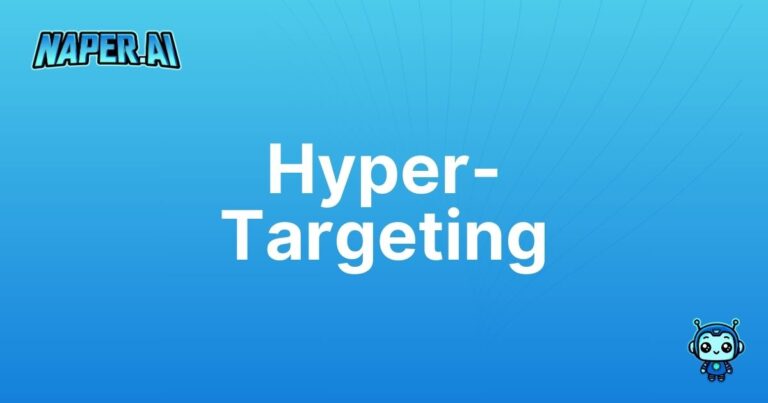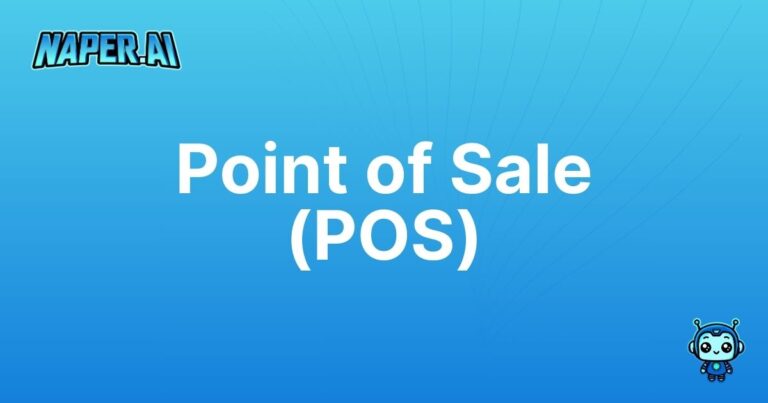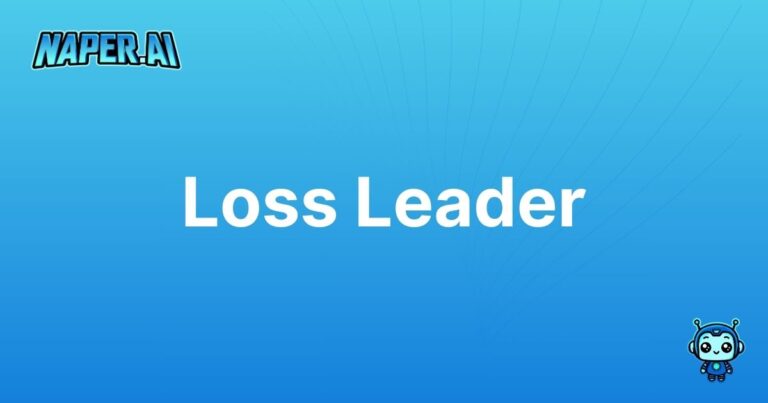Return on Investment (ROI)
Boost Your E-commerce Efficiency with ROI
Discover the pivotal role of Return on Investment in optimizing your e-commerce strategies.
What Is Return on Investment (ROI)?
ROI is a performance measure used to evaluate the efficiency or profitability of an investment compared to its cost. In e-commerce, ROI helps determine the effectiveness of your marketing spends and strategic initiatives.
Pro Tips & Best Practices
- Focus on Metrics: Track both qualitative and quantitative metrics to gain a comprehensive understanding of your returns.
- Regular Audits: Regularly audit your marketing strategies to identify high-ROI activities and channels.
- Customer Lifetime Value: Consider long-term gains such as customer lifetime value when calculating ROI.
- Avoid Vanity Metrics: Focus on meaningful metrics that directly impact your ROI, rather than vanity metrics.
- Benchmarking: Compare ROI with industry standards to ensure competitive performance.
Why Is Return on Investment (ROI) Important?
- Revenue Growth: Helps prioritize investments that drive the most revenue growth.
- Resource Optimization: Ensures efficient allocation of resources by identifying underperforming areas.
Practical Applications
- Marketing Campaigns: Evaluate the ROI of different marketing channels like PPC, social media, and email marketing to optimize spend.
- Product Launches: Analyze ROI post-launch to determine the product’s success and inform future product planning.
- Customer Acquisition: Use ROI to understand the cost-effectiveness of various customer acquisition strategies.
Quick FAQ
- How do you calculate ROI? ROI is calculated by dividing the net profit from an investment by its cost and expressing it as a percentage.
- What is a good ROI for e-commerce? This depends on industry and strategy, but generally, a positive ROI is desired.
- Can ROI be negative? Yes, if costs exceed the gains, the ROI will be negative, indicating losses.
- How often should ROI be evaluated? Regularly, such as quarterly or annually, to stay aligned with business goals.
- What affects ROI in e-commerce? Factors include marketing effectiveness, product pricing, and customer retention strategies.







